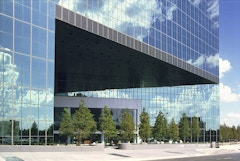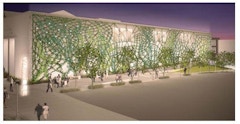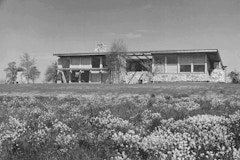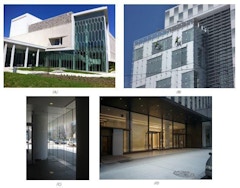Facade Embodied Carbon Reduction Strategies
Facades are increasingly being recognized as a major contributor to whole-building embodied carbon. While designers know how to reduce the embodied
Facades are increasingly being recognized as a major contributor to whole-building embodied carbon. While designers know how to reduce the embodied
Case study of the recently opened John A. Paulson Center for New York University in Manhattan reviews design solutions of façade depth and scale to

Fountain Place is a project that exemplifies the latest technology and applications in building skin design and jumbo structural glass applications,


Traditional approach for engineering the facade is building an isolated analysis model. However, it inhibits a dynamic design process where

This case study focuses on the solutions provided for the Bell Museum at the University of Minnesota. Our design team worked with the client to

A Catmull-Clark algorithm (used in 3D computer graphics for smoothing polygon surfaces) was used to create a unique design for an over 208ft by 30ft

This research looks at the relationship of material and geometric distribution to set a methodology for integrating structural and thermal design.

Connections, those transitions between systems and materials, are critically important when the surfaces are curved or complex. Well-designed

With facades becoming increasingly more complex, and performance a key objective, expertise becomes an important component of successful design

What was once an accepted reality in heat-treated exterior glass, optical disturbances in glass are under increasing scrutiny by developers,


Buildings have a considerable impact on the environment, and it is crucial to consider environmental and energy performance in building design.

During the postwar era, and before the universal adoption of air-conditioning in the United States, leading architects participated in the design of
The use of glass in windows and curtain walls in residential as well as in commercial buildings needs to be designed very carefully. In addition to


As facades become more sophisticated and complex, more detail-intensive and performance-critical, it's vital that architecture students develop a

Over the last two decades, in what has been coined “The Digital Turn”, the introduction of parametric design software has afforded increased
The iconic building principal incentive is to be visually attractive or stand out, for this purpose three main features must be accomplished: have a

Structural glass is used in a range of building applications, and while the ASTM E1300 has recently been updated to provide a design method to